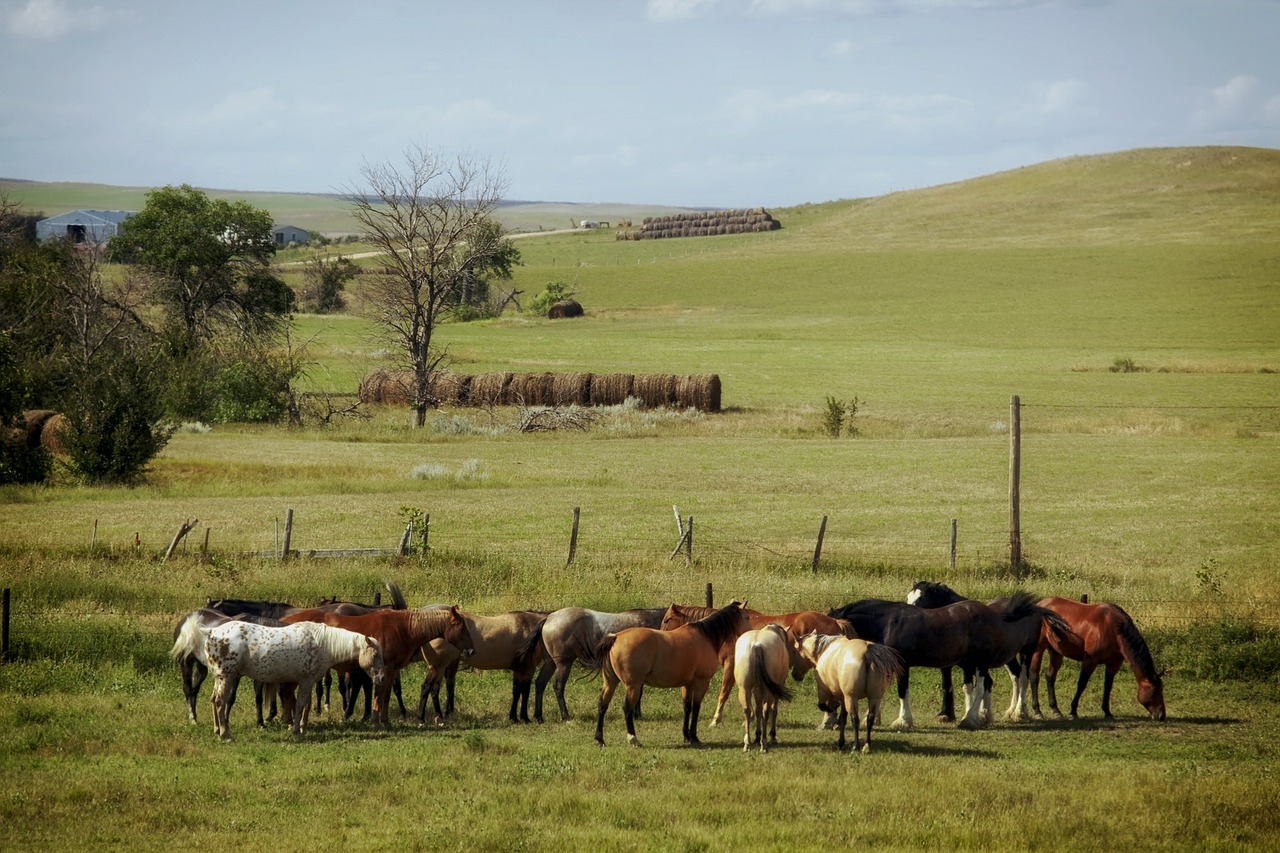By Sean O’Hare
In a recent piece for Arc Digital, Nicholas Grossman examined the viability of an alliance between left-wing identity politics and right-wing localism. Grossman ultimately concludes that common ground between localism and left-wing identity politics is an impossibility because localism is itself a form of identity politics; therefore, the respective left and right wing systems resort to vying for incongruous political goals.
Login to read more
Sign in or create a free account to access Subscriber-only content.
Topics:
